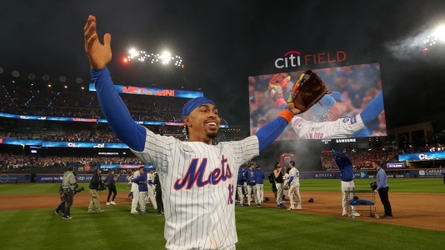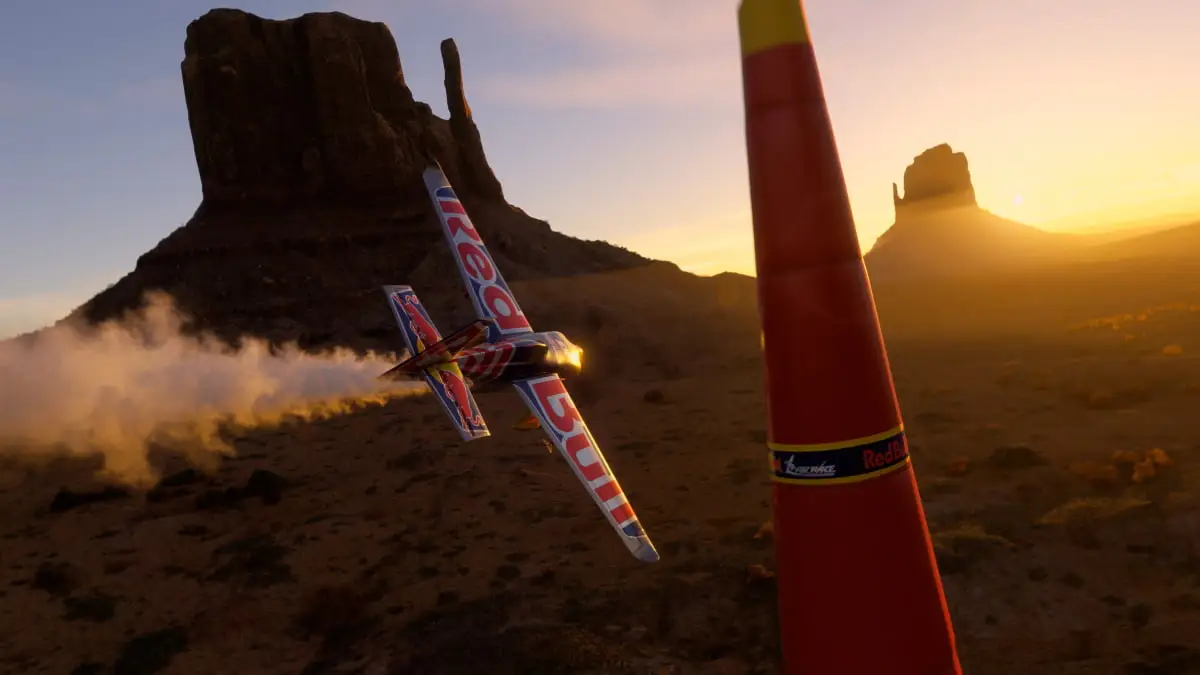The 2024 Mets’ magical run, which began with the team going 0-5 and eventually found them 11 games under .500, ended in Los Angeles late Sunday night in Game 6 of the NLCS, with New York having poured every ounce of effort and resilience into trying to reach the World Series for the first time since 2015 — and win it for the first time since 1986.
Along the way, as one of the most likeable and relatable teams in franchise history gave fans incredible moment after incredible moment, it started to feel like the 2024 Mets were inevitable. Like they would topple any team that stood in their way en route to a parade down the Canyon of Heroes.
It was not to be.
In the end, the Mets encountered a loaded Dodgers team that was more well-rounded. But New York also seemed to run out of gas at the end. Specifically, the starting rotation that was lights out down the stretch appeared to be on fumes.
And New York’s bullpen started to wilt, almost certainly due in part to the insane schedule they played in late September and through the three-game Wild Card Series in Milwaukee.
What makes this so painful, despite all the joy the 2024 Mets provided, is how hard it is to even get as far as they just did.
This was just the ninth time in franchise history that the Mets have been to the NLCS. And if you want two examples of how difficult it is for even the best teams to win it all, all you have to do is take a look at the two left standing.
The Dodgers, despite having been the model franchise in baseball for the better part of a decade, haven’t won a World Series in a full season since 1988. Their 2020 title in the shortened, odd COVID season counts, but it’s not the same.
Meanwhile, the Yankees will be playing in their first World Series since 2009, looking to win just their second title since 2000. And they were the beneficiary of a pretty easy road to the Fall Classic, having to go through the Royals and Guardians in a watered down American League.
But back to the Mets.
While looking at their two most recent near-misses, it’s easy to ding the 2006 and 2015 clubs in retrospect. With the benefit of hindsight, you can see the cracks were there.
The 2006 team dominated the NL East after taking a step forward in 2005, and they almost certainly would’ve defeated the Cardinals in the NLCS (and Tigers in the World Series) if not for their starting rotation getting decimated toward the end of the season and the freak summer injury to setup man Duaner Sanchez.
That team had a loaded offense featuring David Wright, Jose Reyes, Carlos Beltran, and Carlos Delgado, but it wasn’t enough. And as that club, with the same offensive nucleus and a so-so pitching staff, squandered late-season division leads in 2007 and 2008, it was clear something was missing. And not even the elite band aid of Johan Santana in ’08 was able to save them.
Then there’s the 2015 team that came out of nowhere kind of like the 2024 club. It can be argued that the 2015 Mets should’ve won the World Series in five games instead of losing it in five. But they didn’t execute late in Games 1, 4, and 5 against the Royals. And despite returning to the playoffs in 2016 (and losing the Wild Card Game), that team did not have a strong foundation.
Postseason catalyst Daniel Murphy left via free agency after ’15, Wright was dealing with spinal stenosis and near the end of his career, Yoenis Cespedes was getting close to being out of the league (and his compete level wasn’t very high), and — as the Mets found out in the years following 2016 — building a team around high-level starting pitching while neglecting other areas isn’t a recipe for success.
The 2024 Mets, unlike their 2006 and 2015 counterparts, feel like the start of something special.
This time it feels right. It feels sustainable.
For one, the right people are in place throughout the organization.
In owner Steve Cohen, the Mets have someone at the top who is deeply committed. Cohen can also outspend any owner in the sport, but mostly lets his baseball operations team do its thing.
And the front office, after a half decade of extreme turnover, has one of the best presidents of baseball operations in place. With David Stearns, the Mets have an executive who was one of the best while in Milwaukee, and proved his mettle during his first season at the helm of the team he grew up rooting for.
With manager Carlos Mendoza, the Mets have a steady hand who holds his players accountable while also showing them a great deal of care. They have someone who understands the city, understands how to deal with the media, and is already emerging as a strong in-game tactician after one year on the job.
Then there’s the gutsy players, who seem to genuinely care about each other, and who gave as much back to the fan base as the fans gave to them during this magical run that featured Grimace and OMG and “My Girl” and everything in between. It was truly reciprocal.
At the center of it is team leader Francisco Lindor, who is surrounded by a strong nucleus that includes career Met Brandon Nimmo, emerging star Mark Vientos, Francisco Alvarez, ace Kodai Senga, and closer Edwin Diaz.
One huge question is the future of Pete Alonso, but I have a hunch his time in Queens isn’t over.
There are other big questions, too, such as what the 2025 rotation will look like with most of the members of the 2024 rotation heading to free agency. It will also be interesting to see how the Mets remake the bullpen around Diaz.
But the Mets are in unique position to not only strengthen the team around the core, but make the winning that started in 2024 something that is sustainable.
Much has been made of the high payroll the Mets had this season, but a huge chunk of it was being paid to players who are no longer here — like Max Scherzer and Justin Verlander. And there is an enormous amount of money about to come off the books.
As things currently stand, the Mets have roughly $165 million on the books for 2025. That will go up with some raises via arbitration, but New York will have a ton of wiggle room to add impact talent this offseason.
That could mean taking a huge swing at Juan Soto or other free agents, including Willy Adames and Corbin Burnes. Perhaps the Mets turn to the trade market to add some impact players, too.
But the main goal of the Mets as they seek to build a sustainable winner is to continue to churn out starting-level players from their farm system. And that system, which is arguably now top 10 in baseball, should get contributions from several potentially high-impact prospects in 2025 — including Drew Gilbert, Jett Williams, and Brandon Sproat. Ronny Mauricio will be back, too, and Luisangel Acuña should be in the mix after his late-season debut this year.
So while the end of the 2024 Mets’ run hurts, it really feels like the beginning of the story.
The 2024 Mets were important. They fought like hell. They brought the fanbase together. They will always have a special place in franchise history. And the future is impossibly bright. These Mets will be back with a vengeance.
Read the full article here


























